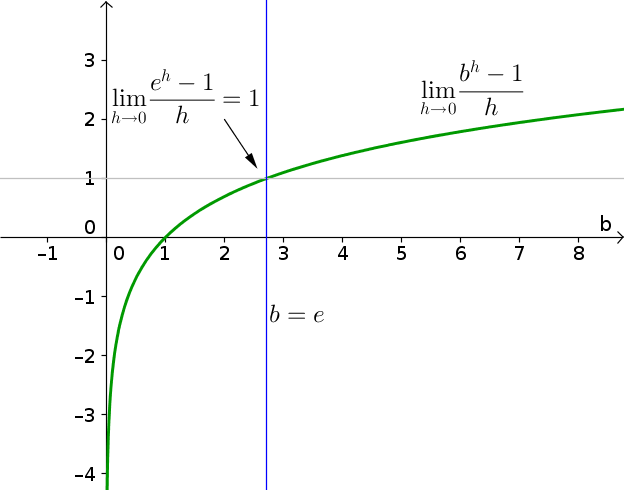

- #Derivative of log absolute value how to#
- #Derivative of log absolute value full#
- #Derivative of log absolute value registration#
- #Derivative of log absolute value code#
Trigonometric functions, manipulation of trigonometric identities, use of addition and double-angle formulas for expressing values of trigonometric functions in the surds form. Proving and solving algebraic inequalities. Manipulation of algebraic equations involving the square root and modulus functions.
#Derivative of log absolute value full#
If you have been unable to resolve your issues in any of the above ways then please email the lecturer at Please follow the School of Mathematical Sciences email etiquette policy, ) in particular, don't forget to include your full name and student ID, and be sure to send it from your QMUL email address. For concrete queries, the best way to get a quick answer is to post in the Student Forum where your question can be seen (and answered by) anyone – often many people are wondering about the same thing! Tutorials provide another good opportunity to get help and, of course, you can also ask the lecturer during live lectures. This is normal and you may find it helps just to talk to other students. There will undoubtedly be times during the term when you get stuck or experience problems. University study is a full-time job In total, you are expected to be spending about 8-10 hours study per module per week.
#Derivative of log absolute value how to#
Will receive an email with instructions how to obtain the electronic copy and the You then have a choice of either buying a hardcopy, which will be delivered to you in few days together with the MyLab Math access code, or you can buy an electronic copy, in which case you.John Smith's Student Store at QMUL and use the left hand block `Student login' to log in with your QMUL email address (typically of the form or with the John Smith password sent to you by email.

#Derivative of log absolute value code#
Note that the access code is only valid for a single registration, so if you buy a second-hand copy of the textbook, the access code will not work.
#Derivative of log absolute value registration#
Your MyLab Math registration for Calculus I will remain valid for Calculus II, a follow-up module you will be taking next semester. You can obtain them together as a package at reduced price from John Smith's Student Store at QMUL. This module is based on the module textbook Thomas' Calculus, 14th Edition in SI Units (Pearson, 2019) supplemented by the virtual learning environment MyLab Math,Īcquiring the book and access code is mandatory.


 0 kommentar(er)
0 kommentar(er)
